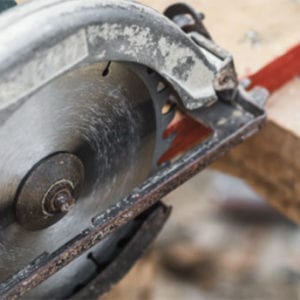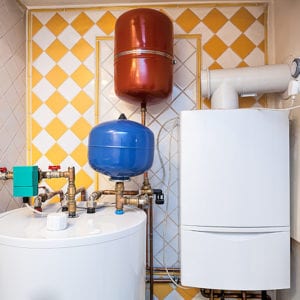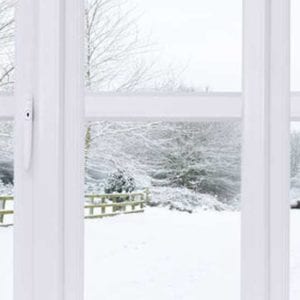AtlasCare Announced Title Sponsor of Golf Fore MS Peel-Dufferin
September might just be our favourite month of the year.
Granted, it marks the bittersweet end of the summer season (and the start of six to eight months of cruel weather.) But it also brings us one of the single most anticipated events on the AtlasCare calendar: the annual Golf Fore MS Classic.
This year’s event takes place on Wednesday, September 25th, 2019, at the Royal Ontario Golf Club. We know many of you have already secured your spot in the tournament – but if not, you can still register as a participant today.
We’re counting down the days and can’t wait to see you there! In the meantime, here’s a bit of background on what makes this event so special to the AtlasCare team.
What Is the Golf Fore MS Classic?
Golf Fore MS is an annual charity golf tournament organized by the Peel-Dufferin Chapter of the MS Society of Canada. The funds raised here go towards supporting two very important causes: researching the cause, cure and treatment of MS, and helping people in our community who are affected by MS.
Each September, Golf Fore MS takes place at the beautiful Royal Ontario Golf Club in Milton, located just off Trafalgar Road. The tournament kicks off at 8 am and continues into the early afternoon, with plenty of food and refreshments to go around.
For those of you who aren’t the best golfers, you still have a chance to win other fun awards, like the Best Dressed Foursome!
This event is one of the Peel Dufferin Chapter’s biggest and most important fundraisers. In 2018, the Peel Dufferin Chapter contributed close to $55,000 towards funding MS research and provided $60,000 worth of support to individuals living with MS!
AtlasCare continues to be a lead organizer, title sponsor and eager participant in the Golf Fore MS tournament.
Why AtlasCare Supports the MS Society
Charity is at the core of our company culture, and MS is a cause that is very close to our hearts.
Multiple sclerosis (MS) is classified as an autoimmune disease that affects the central nervous system (brain, spinal cord and optic nerve.) The disease impacts the function of nerve impulses, resulting in a variety of symptoms that have numerous impacts on daily living.
Many people who have MS experience unpredictable remissions and relapses, alternating between manageable periods and difficult ones. You don’t really know when it’ll come knocking at your door. For others, MS is a progressive condition that steadily worsens over time, and it is common for people to gradually transition from one type of MS to another.
Researchers aren’t certain what causes MS, but they do know that Canadians have the highest rate of MS in the world. There are over 77,000 Canadians living with MS today, including people here at home in the GTA.
Multiple Sclerosis has personally affected the Grochmal family twice. Roger Grochmal lost his first wife, Kathy (Michael’s mother) to the disease in 2003, and Michael’s mother-in-law also passed away from MS in 2012.
The MS Society of Canada provides information, support, educational events and other resources for people and families living with MS across Canada. The organization also contributes millions of dollars to research, leading to significant breakthroughs in diagnosis and treatment since 1948.
Our local Peel-Dufferin Chapter provides education sessions and webinars, facilitates self-help groups, and provides quality-of-life grants to individuals. Last year, the Chapter contributed $60,000 to help 80 people in the Peel Dufferin area purchase important equipment like wheelchairs, walkers and lifts.
How You Can Support Golf Fore MS
- Turn out and play in the tournament! We promise you’ll have an absolute blast. Flip to page 50 of our Culture Book to see what you’d be missing.
- Make even more of an impact leading up to the Golf Fore MS Classic by asking your friends, family and co-workers to support your day on the course!
- Can’t make it on the 25th? You can still donate to support other participants. Pick your favourite team and help them race to the top!
- Become a Golf Fore MS Sponsor! If you miss the opportunity to sponsor this year’s event, you can always plan to do so next year.
- Help spread the word about the event on social media – Facebook, Instagram, Snapchat or wherever you like to hang out!
We’re grateful for your support and can’t wait to see you on the green!















